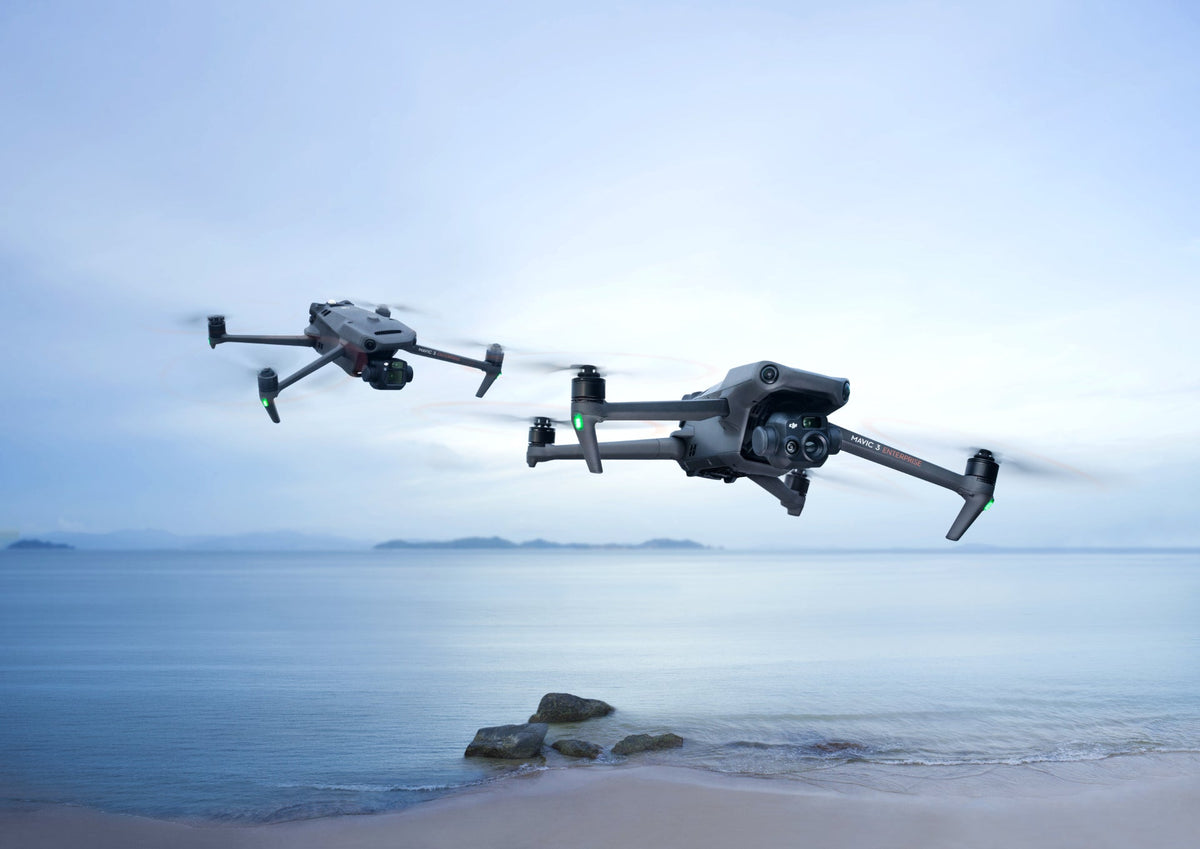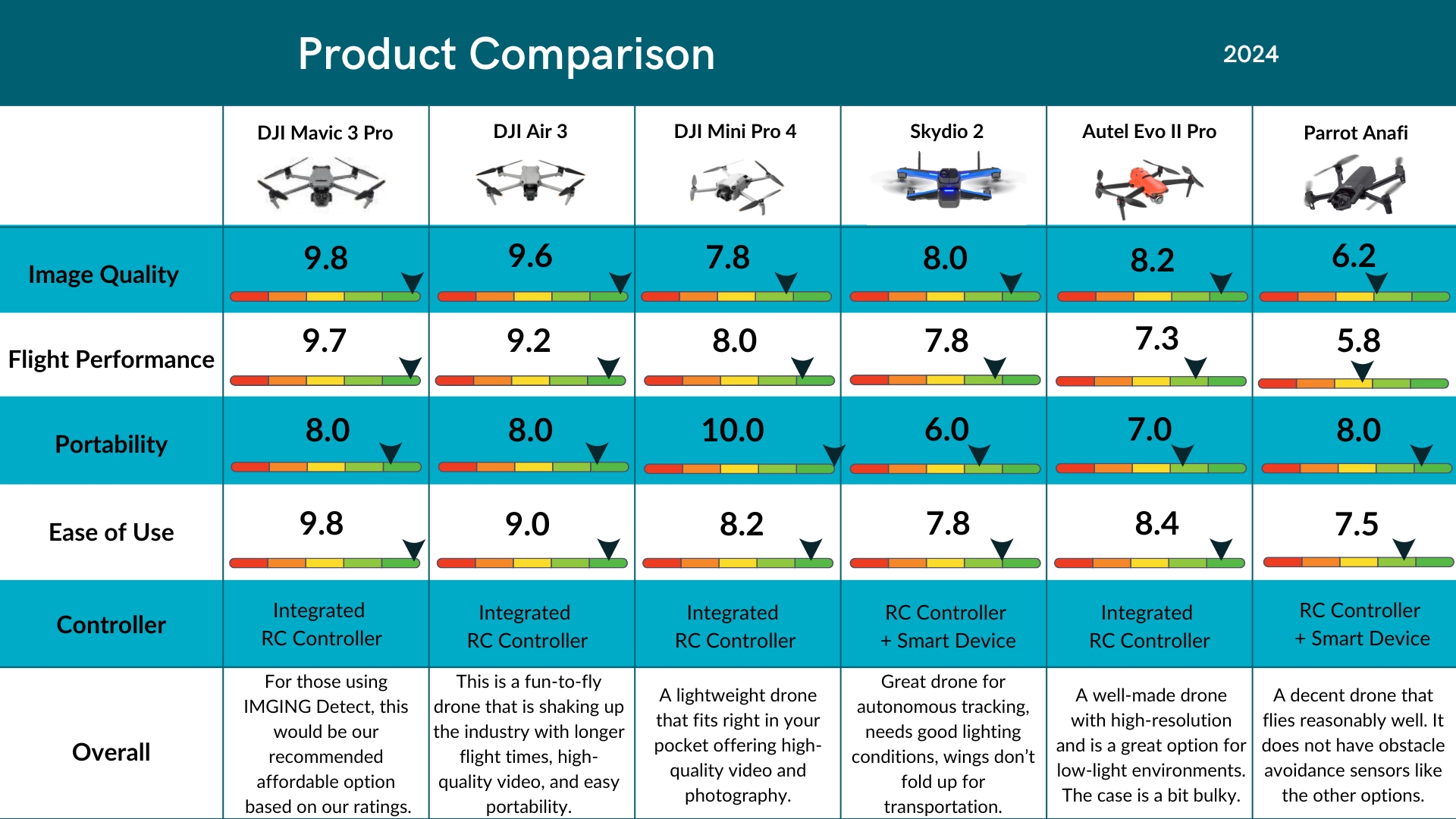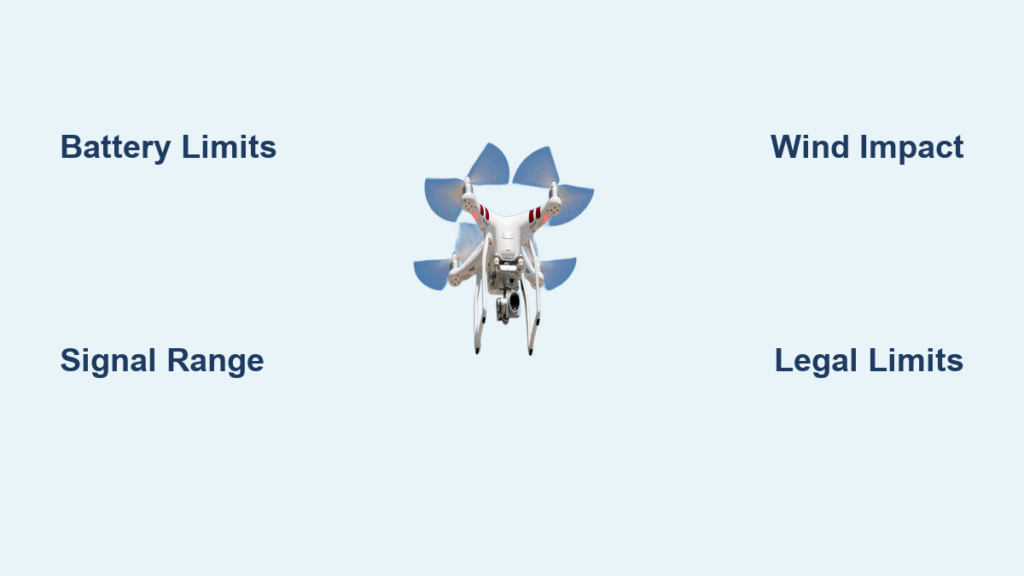Picture this: you’re standing on a crowded beach, watching schools of striped bass patrol waters far beyond where your rod can cast. With traditional methods, those fish remain out of reach. But drone fishing changes everything—sending your bait 400 meters offshore with surgical precision while you watch the strike happen live on your screen. This isn’t science fiction; it’s how modern anglers are catching trophy fish that were previously inaccessible.
If you’ve ever wondered how drone fishing works and whether it’s worth the investment, you’re not alone. Thousands of anglers are discovering this game-changing technique that combines drone technology with traditional fishing gear. In this guide, you’ll learn exactly how drone fishing operates, from the critical moment your drone releases the bait to the fight with that hard-pulling trophy. Prepare to discover why drone fishing isn’t just a gimmick—it’s revolutionizing how we connect with fish in ways traditional casting never could.
Why Your Drone Never Reels In Fish (The Critical Distinction)
Drone fishing works through three interconnected functions that transform your angling approach. First, your drone acts as an aerial scout, spotting fish schools and underwater structures invisible from shore. Second, it becomes a precision delivery system, placing your bait exactly where you want it—whether that’s 200 meters offshore or in a tight spot between rocks. Third, the live video feed lets you monitor bait presentation in real-time until the strike happens.
Here’s what surprises most beginners: your drone never fights the fish. Once a fish takes your bait, the drone either detaches completely from your line or serves as an aerial marker while you battle the fish with your rod and reel. This separation of duties is crucial—you’re using drone technology for enhanced reach and precision, but relying on traditional fishing gear for the actual fight. Understanding this fundamental principle prevents dangerous attempts to use the drone as part of the fishing tackle, which could lead to equipment loss or safety hazards.
How Real-Time Monitoring Changes Your Strike Detection
When you’re drone fishing, you gain two distinct strike detection methods that traditional anglers dream about. You can watch your bait on the live video feed and set the hook the moment you see a fish strike—a game-changer for subtle biters like trout. Alternatively, you can rely on traditional strike detection by watching your rod tip, just like conventional fishing. The best approach? Use both systems simultaneously. Set your rod in a holder with the drag released while monitoring the video feed. When you see or feel a strike, immediately set the hook while your drone either returns to shore or maintains position as an aerial marker.
Essential Drone Specs That Make or Break Your Fishing Success

Your drone needs specific capabilities to handle fishing demands effectively. Payload capacity is non-negotiable—you must support your fishing line weight plus bait and sinker. For saltwater applications, this means handling at least a 6-ounce sinker without compromising stability. Flight time matters just as much; aim for drones delivering 15-20 minutes minimum per battery charge to complete scouting, deployment, and return flights without rushing.
Must-Have Features for Marine Environments
When selecting a drone for fishing, prioritize these critical features:
- Wind resistance: Minimum 32 km/h (20 mph) capability to handle coastal breezes
- GPS positioning: Essential for maintaining position during bait drop
- High-definition camera: 1080p video transmission for clear bait monitoring
- Range: 200-400 meters minimum for effective offshore deployment
- Water resistance: At minimum, splash protection for marine environments
Don’t waste money on drones lacking these capabilities—they’ll fail when you need them most. A drone that can’t maintain position in moderate wind will drop your bait in the wrong spot, while poor camera quality makes strike detection impossible. Your drone must function reliably in challenging conditions, not just perfect weather.
Step-by-Step Bait Deployment: From Beach to Strike Zone
Pre-Flight Safety Protocol Every Angler Must Follow
Start every session with these non-negotiable checks:
- Confirm all batteries (drone, remote, phone/tablet) are fully charged
- Pre-tie your fishing rigs with appropriate sinkers and bait
- Survey your area for obstacles, other people, and wind conditions
- Verify local drone regulations—many beaches restrict drone use
- Test your release mechanism on land before water deployment
Skipping these steps risks expensive equipment loss. One angler lost a $1,200 drone because he didn’t check wind conditions—the drone couldn’t maintain position and crashed into the ocean when the release mechanism triggered.
Controlled Deployment Sequence That Prevents Tangles
Lay your fishing line on the beach with your rod secured in a holder and drag released. Connect your drop line (400-500mm of line between drone and main rig) to the release mechanism. Fly your drone 5-20 meters high initially while maintaining visual contact—this lets you assess wind conditions before committing to full deployment.
Progress toward your target area slowly while managing line release. As you approach the drop point, position your drone directly over your chosen spot using the live camera feed. Trigger the release mechanism via remote control when perfectly positioned. This gradual approach prevents line tangles and ensures precise bait placement—critical when targeting specific structures.
Saltwater Trophy Targets: How Drone Fishing Landed 440lb Marlin

Drone fishing has produced remarkable results with saltwater species that traditional methods struggle to reach. Anglers have landed black marlin exceeding 440 pounds using precision drone bait deployment in waters inaccessible to shore-based casting. Kingfish up to 88 pounds and tuna over 300 pounds have fallen victim to drone-presented baits in offshore zones that boats would struggle to reach safely.
Beach and Surf Mastery Technique
For beach fishing applications, drone fishing shines brightest by deploying baits 200-400 meters offshore beyond breaking waves. Target species include striped bass, bluefish, pompano, and sharks that patrol these deeper waters. The technique involves flying your drone over the surf zone, identifying productive troughs and holes beyond the breakers using the live camera feed, then dropping your bait directly into these fish-holding areas.
Pro tip: Time your bait drop with incoming waves for natural presentation. As a wave approaches your drop point, trigger the release just before the wave crest—this lets your bait sink into position as the wave passes, mimicking natural movement that triggers strikes.
Critical Safety Checks That Prevent Costly Drone Losses
Line entanglement poses the greatest risk during drone fishing operations. One moment of inattention can result in your fishing line wrapping around propellers, causing immediate crash and total equipment loss. Prevent this by maintaining consistent tension during deployment and using the proper drop line length (400-500mm) between your drone and main fishing rig.
Emergency Response for Mid-Flight Problems
If you experience instability during flight:
- Immediately reduce altitude while maintaining forward movement
- Gradually release line tension to minimize weight impact
- Trigger the release mechanism early if instability continues
- Land the drone as quickly as possible in a safe direction
Never attempt to fight instability by adding more line—the extra weight will worsen the problem. Better to abort the deployment and try again than risk total loss. Keep a floatation device attached to your drone; if it crashes in water, it might stay afloat long enough for recovery.
Legal Requirements You Must Know Before Your First Flight
Fishing licenses remain required regardless of drone use—drone fishing doesn’t exempt you from standard fishing regulations. Federal law mandates maintaining visual line-of-sight during all drone operations, meaning you can’t fly beyond where you can clearly see your drone. No-fly zones include airports, restricted airspace, and protected marine areas, with violations carrying significant fines.
Regional Rules That Catch Beginners Off Guard
Beach access rules vary dramatically—many popular fishing beaches restrict drone use near other beachgoers, especially during summer months. Certain lakes and rivers prohibit drone operations entirely, while time restrictions limit drone operation hours in some locations. Species-specific regulations create special rules for certain game fish; for example, some areas ban drone use when targeting endangered species.
Before your first flight, research three things: local drone regulations through official government websites, beach-specific restrictions, and any special fishing rules related to drone use. One angler faced a $500 fine because he didn’t realize his favorite fishing spot was within a national wildlife refuge’s no-drone zone.
Smart Equipment Investment: What $500 Gets You vs. $1000+

Entry-level setups using basic drones with aftermarket fishing accessories range from $200-$500, providing essential functionality for casual anglers targeting nearshore species. These systems work for deployments up to 200 meters but often struggle in wind and offer limited flight time. Mid-range systems ($500-$1,000) deliver improved wind resistance, longer flight times, and better cameras—ideal for serious anglers targeting saltwater species.
Value Assessment Factors Most Anglers Overlook
When evaluating drone fishing systems, consider these often-ignored factors:
- Battery cost per minute: Calculate how much each minute of flight time costs with additional batteries
- Repair costs: Marine environments cause wear; check part availability and pricing
- Release mechanism reliability: Test this feature thoroughly before purchase
- Water recovery options: Can you retrieve your drone if it crashes in deep water?
Don’t overspend on unnecessary features, but don’t underinvest in critical capabilities either. A $700 drone with reliable wind resistance and a solid release mechanism will serve you better than a $1,200 model with fancy features that fail when you need them most.
Key Takeaways for Drone Fishing Success
Drone fishing works by extending your effective range, improving bait placement precision, and providing unprecedented access to productive waters—all while keeping you safely on shore. Remember that drones serve strictly as delivery and scouting tools, never as fighting equipment. Start with basic equipment to learn fundamental techniques before investing in advanced systems.
The most successful drone anglers combine technology with traditional fishing knowledge—they use drones to overcome distance limitations but rely on proven angling techniques once the bait is in the water. Begin with shore-based applications where the benefits prove most dramatic, then expand into specialized scenarios as your skills develop. With proper technique and equipment, drone fishing transforms “out of reach” into “on the hook” for trophy fish that were previously impossible to target from shore.



